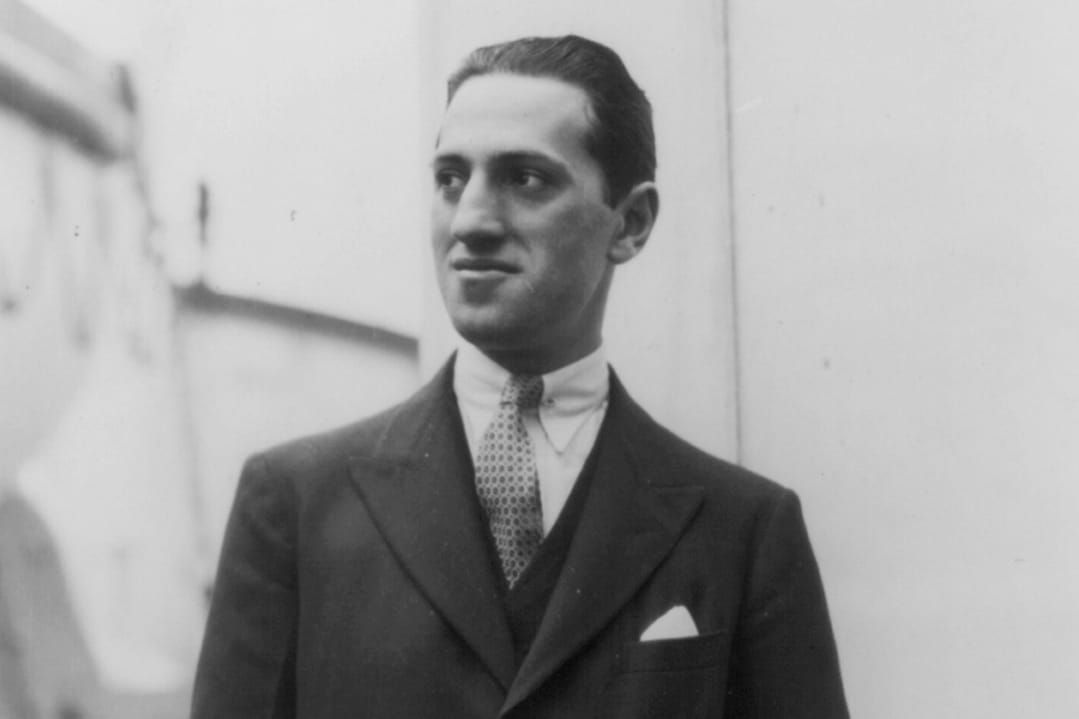
Composer George Gershwin
We’re celebrating the Classical California Ultimate Playlist with a series of fun and informative blogs about the music you love.
Perhaps it was inevitable that George Gershwin would change American music forever. Born Jacob Bruskin Gershowitz to immigrant parents fleeing anti-Semitic persecution in Russia, Gershwin’s music is unique, innovative, and emblematic of “The American Dream.”
George Gershwin is responsible for creating one of the most original musical languages in the history of the art form. With his Rhapsody in Blue, he brought two competing genres of music together, creating something that lived in a world between jazz and classical.
It could have easily been dismissed as not fitting into either world: not jazzy enough for the clubs, not serious enough for Carnegie Hall. But instead, his music was embraced by both the jazz crowd and the classical music elites. His music served as a tool to open both jazz and classical audiences’ ears to new sound worlds.
The first performance of Rhapsody in Blue took place on February 12, 1924, at a lengthy concert by Paul Whiteman and his band called An Experiment in Modern Music. The big finish was Elgar’s Pomp and Circumstance March No. 1. Just before it, just as the audience was succumbing to restlessness and grumpiness, the penultimate work on the program was Gershwin’s new Rhapsody. The now-famous clarinet glissando which opens the work caused the audience to snap to attention. Delight soon followed.
Today, that glissando is as recognizable (to classical and non-classical fans alike) as the four famous notes which open Beethoven’s fifth symphony. The improvisatory solo piano episodes throughout the piece, which Gershwin didn’t write down prior to the first performance, bring an edge-of-your-seat spontaneity that can be rare in the classical concert hall. Then, of course, there’s the Big Tune which is one of the most stirring melodies ever written.


A USPS stamp from 1973 commemorating George Gerswhin
All sorts of musical influencers were in attendance that February evening. Composers Sergei Rachmaninoff and Igor Stravinsky were there. The March King, John Philip Sousa, was in the audience as was the music director of the Philadelphia Orchestra at the time, Leopold Stokowski. Violinist Fritz Kreisler and stride piano legend Willie “The Lion” Smith were both present as well.
Small wonder, then, how quickly word of Gershwin’s triumph spread. But, in spite of the success of Rhapsody in Blue, Gershwin’s eventual impact on the music of this country wasn’t inevitable. Had the United States not welcomed his parents—a refugee couple on the run—who knows what would’ve become of their son? Who knows what would’ve become of American music?







